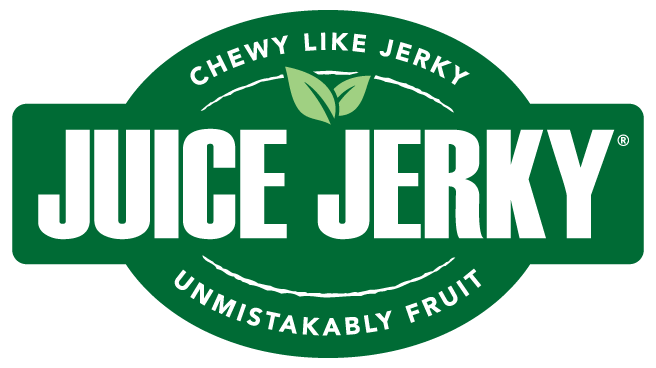
Fruit leather, with its chewy texture and concentrated fruity flavor, has been a beloved snack for centuries. While modern fruit leather is often associated with packaged convenience, its origins are deeply rooted in ancient food preservation techniques. Let’s explore where fruit leather originated and how its preparation varies around the globe.
Ancient Beginnings
The concept of drying fruit to extend its shelf life dates back thousands of years. Civilizations in the Middle East and Central Asia are credited with some of the earliest forms of fruit leather. In these arid regions, fruits like apricots, plums, and mulberries were mashed into a paste and spread thinly on rocks or flat surfaces to dry under the sun. This process not only preserved the fruit but also concentrated its natural sugars, creating a portable and long-lasting source of nutrition for travelers and traders along routes such as the Silk Road.
In Persia (modern-day Iran), a traditional version of fruit leather called "lavashak" emerged. Lavashak is typically made from sour fruits like barberries or sour cherries, resulting in a tart and tangy snack. It remains a popular treat in Iranian households and markets.
Variations Around the World
As the practice of drying fruit spread, different cultures adapted the method to suit their local produce and preferences:
• Middle East and Mediterranean: In addition to lavashak, the Middle East boasts other variations of fruit leather. In Lebanon and Syria, grape-based fruit leathers are common, often infused with a hint of rosewater or other floral flavors. These are typically prepared during the grape harvest season.
• East Asia: In China, dried fruit sheets made from hawthorn berries are a traditional treat. Known as "shanzha pian," these snacks are both sweet and slightly sour, similar to the tangy flavor profile of Middle Eastern lavashak.
• North America: Indigenous peoples in North America created early forms of fruit leather using wild berries. They combined the fruit with other ingredients like meat or fat to create pemmican, a high-energy food used for sustenance during long journeys.
• South Asia: In India, a similar concept exists in the form of "aam papad" or mango leather. Made by pureeing ripe mangoes and drying them in the sun, this sweet and tangy snack is a favorite among children and adults alike. Spices like chili powder or salt are sometimes added for an extra kick.
• South America: In Andean cultures, fruits like guava and passion fruit are used to make fruit leather-like snacks. These preparations reflect the region’s tropical fruit diversity and often incorporate traditional techniques of sun-drying.
Modern Methods and Innovations
Today, fruit leather is often made using modern appliances such as ovens or dehydrators. While the traditional methods relied on sunlight and time, modern techniques allow for greater control over texture and consistency. Many commercial producers also add sweeteners, preservatives, or other flavorings to appeal to contemporary tastes.
Homemade fruit leather has gained popularity in recent years, thanks to its simplicity and the ability to customize flavors. Recipes often call for pureed fruit spread thinly on parchment paper and dried at low temperatures for several hours. This process mirrors the ancient techniques but adapts them to fit modern kitchens.
Juice Jerky: A Contemporary Evolution
A standout example of modern fruit leather innovation is Juice Jerky. Unlike traditional fruit leather that often incorporates fruit puree or concentrated juices, Juice Jerky is made primarily from whole, real fruit. This commitment to whole-fruit ingredients sets Juice Jerky apart, offering a product that stays true to natural fruit flavors and textures.
Juice Jerky’s approach reflects a growing demand for minimally processed snacks that prioritize authenticity and nutrition. By focusing on whole fruits, it provides a snack that is both wholesome and delicious, bridging the gap between traditional methods and modern consumer preferences.
Cultural Significance
Beyond being a snack, fruit leather holds cultural significance in many regions. In Iran, lavashak is often served alongside tea or used as a condiment in savory dishes. In India, aam papad is exchanged during festivals and celebrations. These traditions highlight how food preservation techniques evolve to become integral parts of culinary heritage.
Conclusion
Fruit leather’s journey from ancient drying techniques to modern convenience snacks is a testament to humanity’s ingenuity in food preservation. Whether it’s lavashak from Iran, shanzha pian from China, or aam papad from India, fruit leather reflects the unique flavors and traditions of the regions that produce it. Modern innovations like Juice Jerky continue to elevate this timeless treat, offering new ways to enjoy the natural goodness of fruit while honoring its rich history. Its universal appeal lies in its simplicity and versatility, making it a timeless treat enjoyed across the globe.

